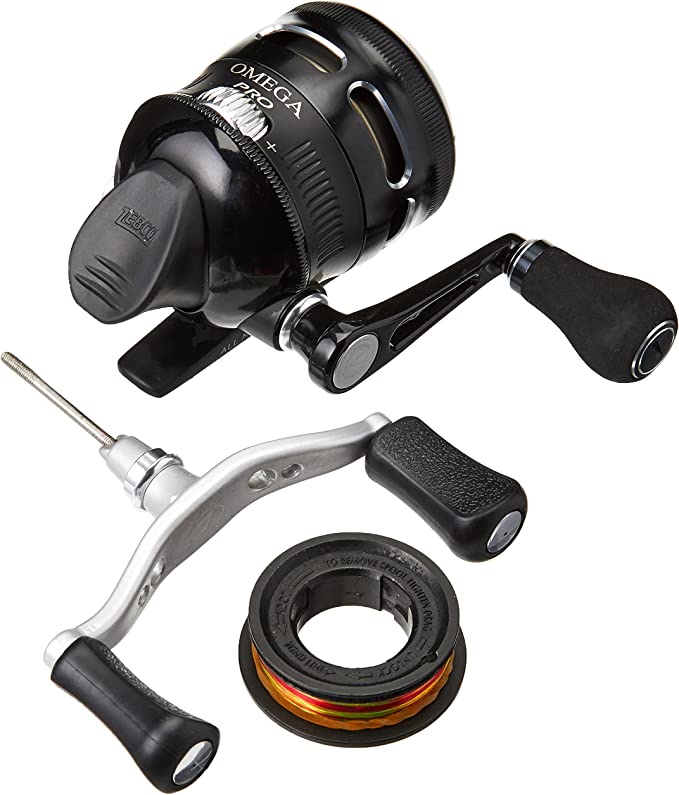The Thermodynamics of Cleanliness: Engineering Hot Water for the Backcountry
Update on Nov. 19, 2025, 11:28 a.m.
In the controlled environment of a modern home, hot water is a given—a silent utility summoned by the turn of a handle. In the backcountry, however, warm water is a luxury that requires a significant expenditure of energy. Water has one of the highest specific heat capacities of any common substance, meaning it requires a tremendous amount of energy to raise its temperature. When you are miles from the grid, overcoming this thermodynamic hurdle requires not just fire, but precision engineering.
The transition from “roughing it” to maintaining rigorous hygiene standards in remote locations—whether for van life, overlanding, or emergency preparedness—depends on understanding the mechanics of portable thermal systems. Devices like the Kohree Helios 20 Pro serve as excellent case studies in how modern design tackles the challenge of heating moving water instantly using stored chemical energy.
The Energy Equation: Decoding BTUs and Temperature Rise
To understand the capability of any portable heater, one must look beyond the marketing claims and look at the math. The core metric is the BTU, or British Thermal Unit. Technically, one BTU is the amount of heat required to raise the temperature of one pound of water by one degree Fahrenheit.
The Kohree Helios 20 Pro is rated at 20,000 BTUs. In an outdoor context, this number represents the theoretical maximum thermal output. However, the user experience is defined by “Temperature Rise” ($\Delta T$)—the difference between the source water temperature and the output temperature.
This is where flow rate becomes the critical variable. Unlike a home tank that stores pre-heated water, a tankless system like the Helios heats water as it flows through a copper heat exchanger. * High Flow: Water moves quickly through the coils, absorbing less heat per unit of volume. * Low Flow: Water lingers in the heat exchanger, absorbing more energy and exiting at a higher temperature.
By managing a flow rate between 0.53 and 0.8 gallons per minute (GPM), engineers optimize this residence time. It allows the 20,000 BTU burner to take near-freezing stream water and elevate it to a comfortable shower temperature (up to 122°F/50°C) in seconds. It is a balancing act between volume and warmth, dictated by the laws of thermodynamics.

The Anatomy of a Heat Exchanger
The “engine” of this process is the heat exchanger. In compact units, this is typically a serpentine coil made of oxygen-free copper. Copper is chosen for its exceptional thermal conductivity (approximately 385 W/m·K), which is far superior to stainless steel or aluminum.
When the propane ignites, it creates a combustion chamber of intense heat. The copper coils absorb this energy and transfer it via conduction to the water rushing inside the tubes. The efficiency of a device like the Helios 20 Pro depends on the surface area of these coils. A well-designed baffle system ensures that the hot exhaust gases from the propane flame wash over the entire coil structure, minimizing waste heat that escapes out the top. This efficiency is what allows a relatively small propane tank to provide extended shower times.
Electronic Guardians: The Science of Safety
Handling combustible gas in a portable form factor introduces inherent risks. Modern engineering mitigates these through a suite of sensors that act as an automated nervous system for the device.
1. The Seebeck Effect (Flame Failure Device):
At the heart of the safety system is the thermocouple. This sensor exploits the Seebeck effect, a phenomenon where a temperature difference between two dissimilar metals creates a voltage. As long as the pilot flame heats the thermocouple tip, a tiny electrical current holds the gas valve open. If the wind blows the flame out, the tip cools, the voltage drops, and the magnetic valve snaps shut instantly, cutting the gas. It is a fail-safe mechanism powered by the physics of the flame itself.
2. MEMS Accelerometers (Tilt Protection):
Portable units are often placed on uneven ground—riverbanks, tailgates, or forest floors. To prevent fire hazards from tipping, units like the Helios integrate a tilt sensor, likely based on Micro-Electro-Mechanical Systems (MEMS). Similar to the technology that rotates your smartphone screen, this sensor detects the device’s orientation relative to gravity. If the unit tilts beyond a safe angle (often 45 degrees), the circuit interrupts the solenoid valve, extinguishing the burner immediately.
The Role of Hydrodynamics and Power
A tankless heater is useless without water pressure. In a home, the municipal grid provides this. In the wild, the device must bring its own pressure. This is the function of the integrated pump.
The integration of a 4,000 mAh rechargeable battery in the Helios 20 Pro addresses a common pain point in older generations of gear: power dependency. Previous iterations often required a connection to a car’s 12V socket or D-cell batteries. A dedicated lithium-ion power source ensures consistent voltage to the pump, which translates to consistent water pressure. Constant pressure is crucial not just for comfort, but for preventing temperature spikes; if water flow slows down unexpectedly while the burner is running hot, the water inside the exchanger can flash-boil, posing a scald risk. A stable power supply smooths out these hydrodynamic fluctuations.
Conclusion: Civilized Autonomy
The ability to summon hot water in the wilderness changes the psychology of an expedition. It shifts the experience from endurance to habitation. By understanding the interplay of BTU output, heat exchange efficiency, and safety instrumentation, users can select gear that is not merely a gadget, but a reliable life-support system. The Kohree Helios 20 Pro exemplifies this engineering-first approach, proving that with the right application of physics, we can carry the comforts of civilization into the most untamed environments.























